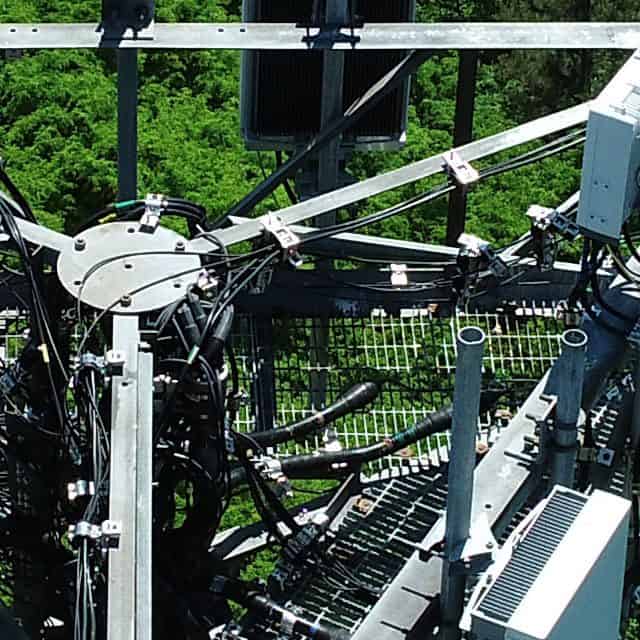
Cell Tower Inspections by Drones
Towers used for communication or transmission are considered critical and complex structures that require a unique and highly specialized approach. These towers must work correctly for the efficiency of companies and our daily activities. Regular inspection is, therefore, an essential part of tower maintenance.
In fact, cell tower inspections are mandated by the Federal Communications Commission (FCC) for safety, maintenance, and life extension. It’s crucial to inspect existing cell towers regularly and after natural disasters. Inspections are also needed for potential cell tower sites. It’s a laborious and risky job with an extensive checklist, like the structure, electrical and lighting systems, guy wires, antennas, anchors, and transmission lines.
Why use Drones?
Cell tower inspections are integral to preserving the cell tower infrastructure, from maintenance to monitoring encroaching vegetation. Modern technology allows drone tower inspections to be done remotely by UAVs or drones. This method is safer, faster, and less costly. Using drones can increase the frequency of regular tower inspections, making tower operations more reliable.
Applications for Drone Inspections
There are many ways a drone can be helpful before, during and after a cell tower inspection.
 Pre-planning and damage assessment
Pre-planning and damage assessment
Repairs are inevitable on tower sections damaged by extreme weather conditions or general wear and tear. It’s a dangerous and logistically complex job.
The repair team can use drones for a comprehensive site inspection before they move in. Drone data or images can help repair teams determine what tools to use or how much work needs to be done. A task as monumental as tower repairs can be made easier with some preparation.
Large towers are particularly prone to damage in the event of extreme weather. When this happens, it is imperative to assess the tower as soon as possible. A preliminary assessment can also help determine the most efficient approach path for the repair team if some tower sections are damaged.
 Hazard Analysis
Hazard Analysis
Drones collect and store historical data that can be used for further analysis and to plan better infrastructure in the future. A cell tower company gets the data immediately, allowing the inspector to make quick and efficient real-time decisions. Using a drone, the inspector can look at other parts of the tower, like generators, gas and electric meters, platforms, pedestals, cabinets, and transformers that might otherwise go unnoticed.
Additionally, more potential problems are caught with drone inspections than by the human eye, like loose bolts or rust. Ground observation with a bird’s eye view helps identify encroaching vegetation or debris that could become dangerous.
Benefits of a Drone in Cell Tower Inspections
There are many benefits of using a drone to perform cell tower inspections versus manual inspections.
Increase safety
Manual inspections of cell towers are inherently dangerous, but using a drone improves safety significantly. Since drones can be controlled safely from the ground, it’s no longer necessary to climb the cell tower to collect data. A drone allows employees to remain safe on the ground, preventing work-related injuries and equipment or tool drops.
Saves time and money
Cell tower inspections can be hampered by time constraints and scheduling conflicts. Inspecting towers takes many weeks of planning, traveling, reporting, and analyzing findings. In addition to labor costs, manual inspections require a lot of equipment and insurance coverage.
Using drones, cell tower inspections can be conducted at multiple locations and over miles in a matter of hours instead of weeks. Labor costs are reduced, and the number of inspections is increased. Drones can inspect three cell towers a day under the right conditions.
Improves quality inspection and detection
Inspectors can focus on quality inspection when they work from the ground. Previously overlooked generators, transformers, and meters can now be checked on the tower. Drones can spot loose bolts and rust that could potentially be dangerous. Ground observation with a bird’s eye view helps identify encroaching vegetation or debris that could become dangerous.
How to use a drone for your next cell tower inspection
FlyGuys has extensive experience with cell tower inspections. We are here to help with your large or small project, so give us a call today to schedule a free consultation.